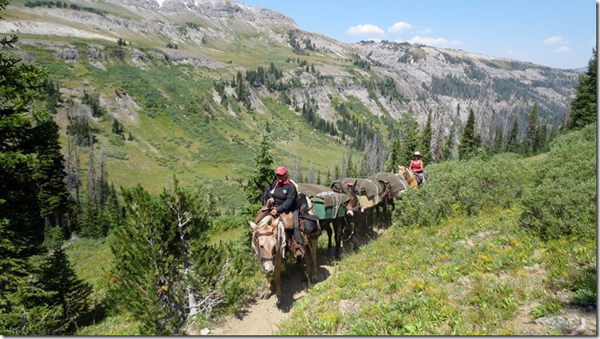You don’t have to own your own horse or even be a frequent trail rider to recognize the importance of conservation of horse trails. Learn how you can become involved to help protect your local riding trails in a quickly modernizing world.
by Jocelyn Pierce
Now more than ever, horse trails need support to remain accessible for the public to enjoy them. An overburdened Forest Service is unable to maintain all the recreational trails available to the public, hindering equestrians from accessing many riding trails. Horses and use of the horse are a tradition in United States culture and history that must be preserved for future generations. Only by creating an awareness of the importance of our riding trails and the danger they are facing can we have an impact on the American public and land management agencies.

There are currently 155 national forests in the United States, with over 158,000 miles of recreational trails for horseback riders, hikers, bicyclists, and others to use. That’s roughly six times around the globe at the equator. With all those miles of trails, it’s difficult for the Forest Service to maintain all of them. The Government Accountability Office completed a study on national forest maintenance and found in 2012 only 37 percent of their 158,000 miles of trails had some level of maintenance performed and only one-quarter met the Forest Service’s standards. The Forest Service estimated their trail maintenance backlog to be $314 million in 2012.
Dennis Dailey has been involved in wilderness management for 40 years, and has seen a dramatic shift in the way trails are maintained since he began his career. Dailey worked for the Forest Service, and for Back Country Horsemen as Wilderness Advisor. He has an expert’s understanding of trail conditions. Dailey explains wilderness areas have seen much neglect over the last 60 years and some trails haven’t even been touched in ten years.
